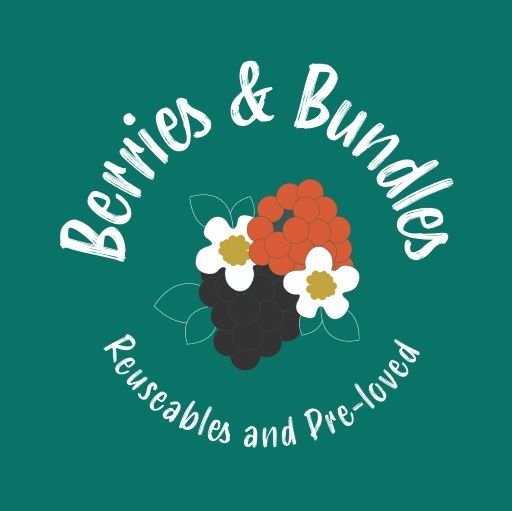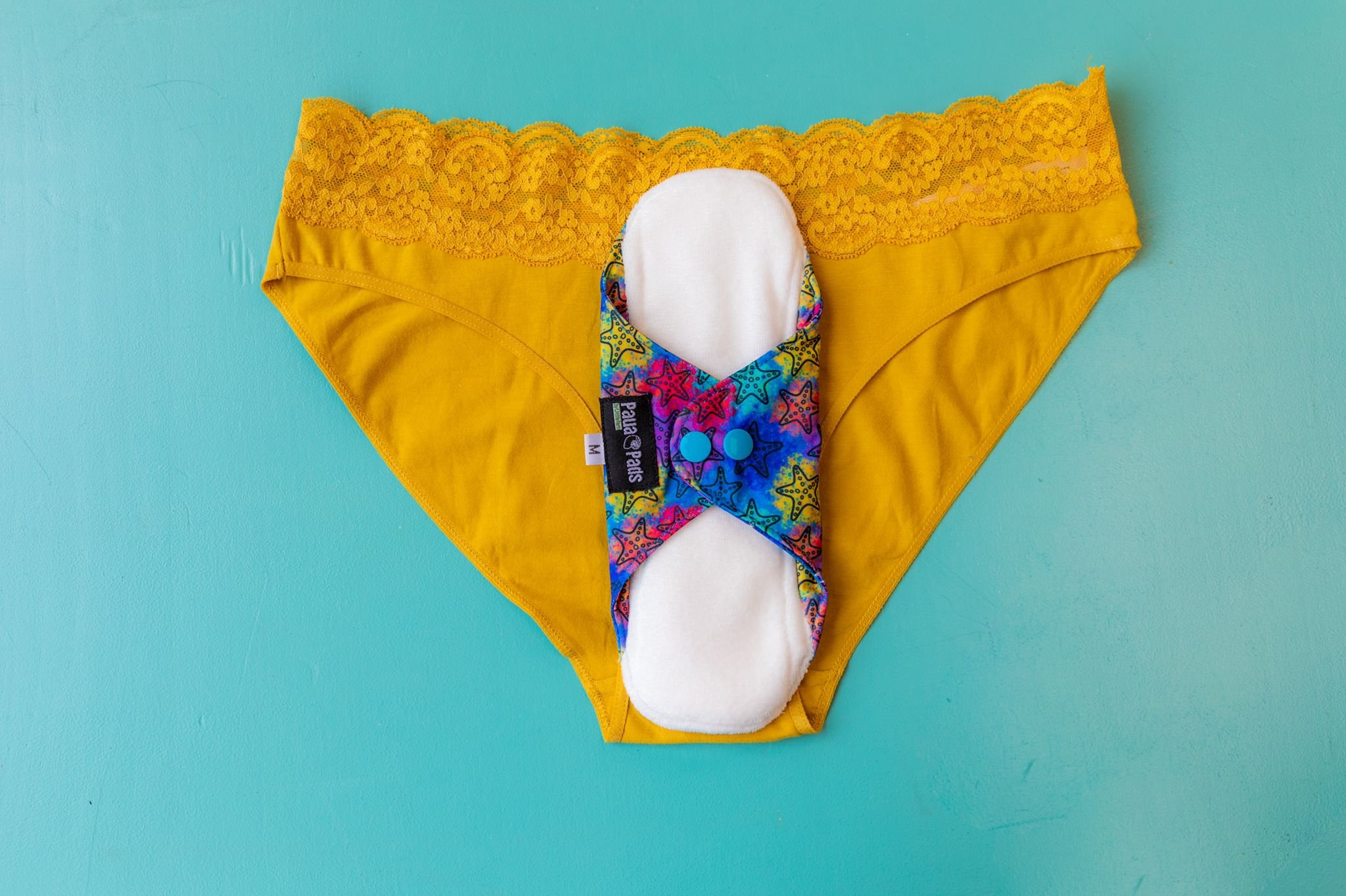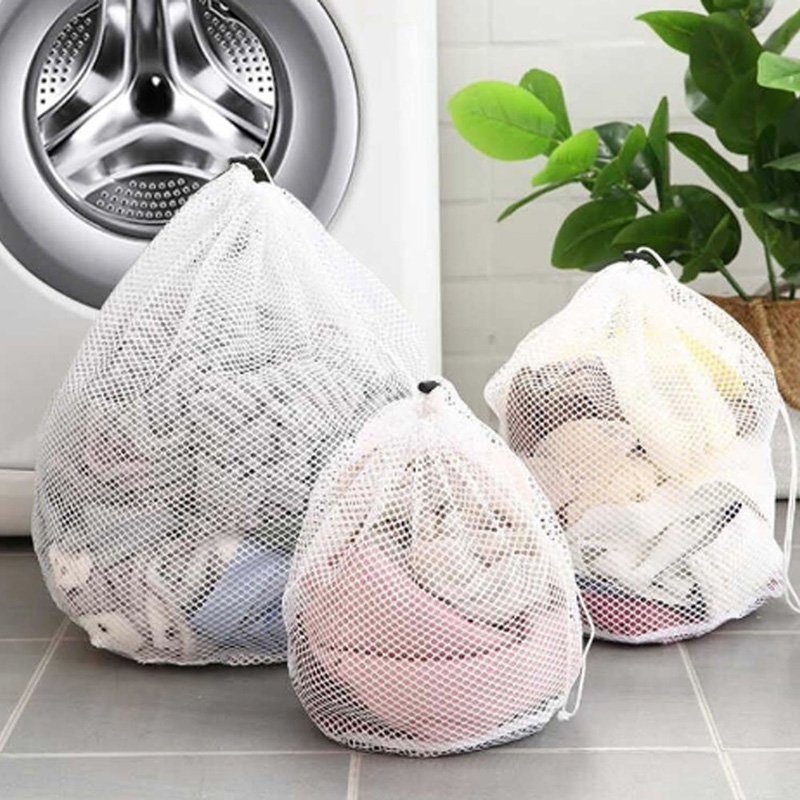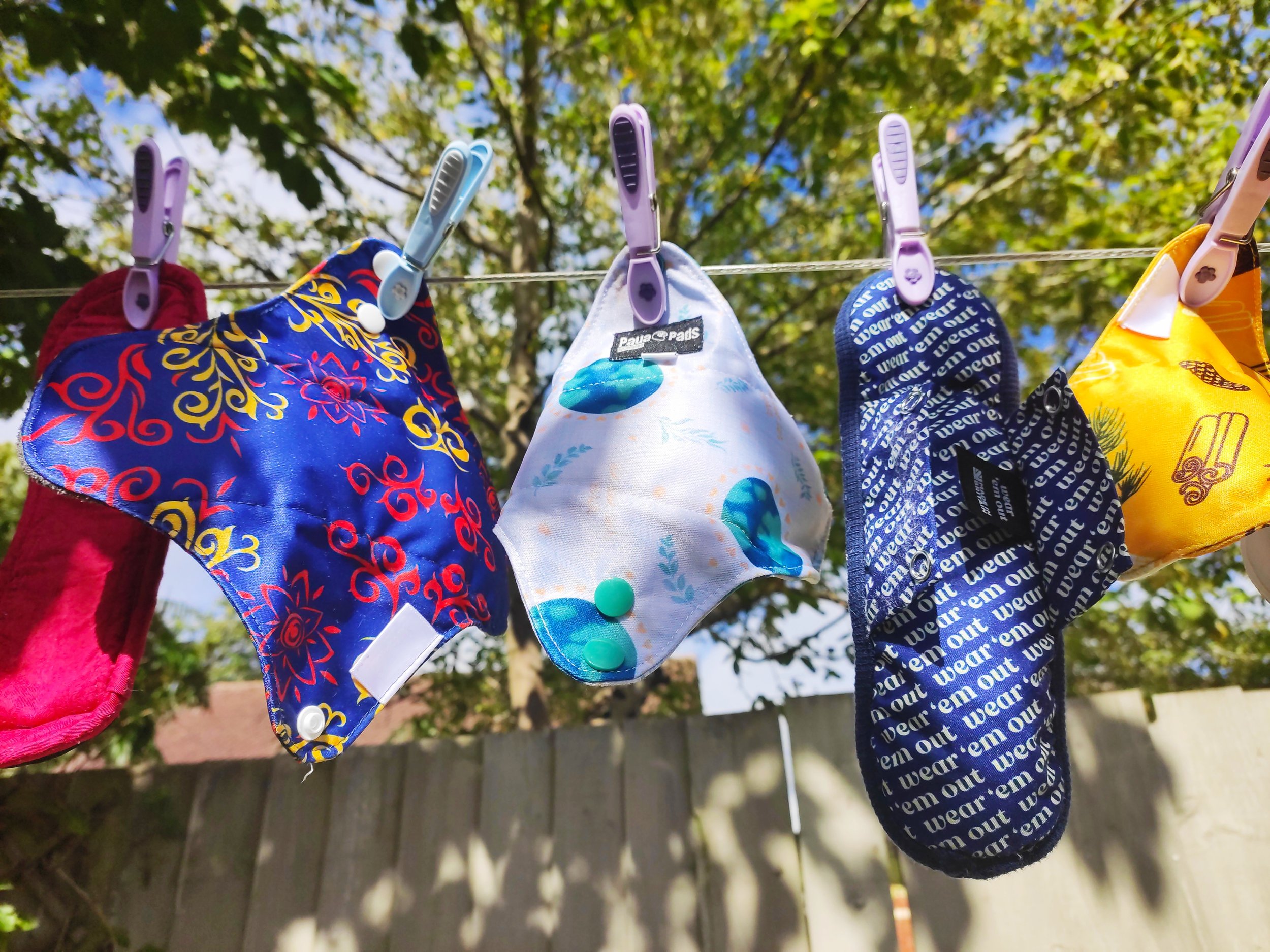How do reusable period pads work?
Reusable period pads, also known as cloth pads, work the same way as a traditional disposable sanitary pad (i.e. Bodyform, Always etc.) except that they are washable, and therefore reusable, and more environmentally conscious.
So how do cloth pads work?
How do reusable pads keep you dry?
The top layer is soft and permeable, to keep you dry and comfortable. The top fabric layer allows liquid to pass through easily. The most common fabrics for this stay dry layer are:
microfleece
cotton
velour
How do reusable pads absorb liquid?
The inner absorbent core is usually made of multiple layers of natural absorbent fabric such as cotton, or often bamboo, which is antimicrobial.
Buying quality branded pads from a small specialist retailer is one way you can avoid purchasing poorly finished pads containing non-natural fabrics.
How do reusable pads prevent leaks?
The outer layer is usually a thin and flexible (PUL) polyurethane laminate which contains liquid inside the pad, and protects your underwear and clothing.
PUL is breathable and so cloth pads are a much healthier choice for your body than disposable pads, which being made out of plastic increase sweat, discomfort, irritation and sensitivity.
This means reusable pads also produce no smell. Which we can all agree is a major benefit!
How do reusable pads stay in place?
The pad sits in the gusset of your underwear, whilst the wing folds around the gusset (like a disposable pad) and then snaps clasp together to hold the pad in place.
The number of layers inside usually depends on whether your pad is a day pad, night pad or pantyliner.
How do you clean reusable pads?
Using luke warm water, rinse the blood out of your pads after use. It’s not unhealthy or dirty to touch your own period blood, and in fact this isn’t gross at all.
Store them in a tub, bucket or wet bag for a few days until wash day.
Then you can include them in your usual laundry. The only thing to remember is to not use fabric conditioner as it prevents absorbtion.
A mesh washing bag makes life easy and can help you to reduce laundry loads!
The simplest way to do this is to place them in a mesh bag, run your machine with detergent only, and then retrieve the mesh bag from the machine before running a final rinse with condition on the rest of your laundry.
Easy peasy!
How to dry reusable pads
Pads can be damaged by placing them directly on a radiator so this is best avoided.
Pads are best air-dried using an octopus or sock airer, and usually dry very quickly and often within hours.
Line drying is ideal but a sock airer can save space when drying indoors.
Help guides
For more straight forward practical tips on how to switch to reusables without adding to your existing workload, have a read of my further articles/blogs:















